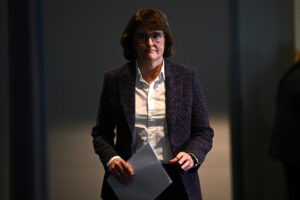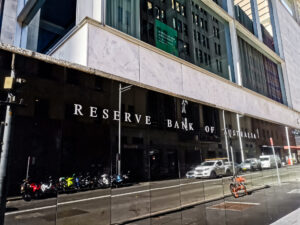“Sticky” inflation does not mean more rate rises are needed
The majority of items driving inflation now are not responsive to further rate rises
Since the release of the March quarter inflation figures, there has been much commentary about the “stickiness of inflation” and the need for further rate rises to bring down inflation.
One economist even suggested that the official CPI did not reflect the “actual” inflation rate because it included the impact of government subsidies on energy costs and thus inflation was actually higher than the mere “measured” inflation.
While such a view ignores the multitude of government interventions on all manner of items in the CPI basket, and weirdly suggests that somehow CPI should not reflect people’s experiences, it also reflects a belief that inflation must get below 3% as quickly as possible.
The problem with this belief is it ignores what drove the initial increase in inflation and what is contributing to the current level of “stickiness”. The current level of inflation is mostly driven by the prices of items where supply remains an issue or the cost of services and goods is largely based on either government regulations or world prices.
In the past year, the major contributors to inflation have been rental prices, new dwelling purchases by owner-occupiers (essentially the cost of building a new home), other financial services and automotive fuel. These four items account for a third of all inflation over the past year.
Indeed of the 12 biggest contributors, which account for two-thirds of all inflation, only takeaway and restaurant meals could be said to be driven in part by demand or labour costs.
Beer and tobacco prices are mostly driven by government excises, education costs are similarly linked to government regulation and funding. It could hardly be argued that education costs are being driven by an increase in demand for people wanting to go to university.
Medical costs are also largely determined by government regulation rather than demand, and insurance costs we know have been driven by the impact of climate change. It would be a pretty brave economist to suggest insurance costs have increased in the past year because households are feeling so flush with cash they are demanding more insurance on their house.
If we look at the average unweighted growth of Rental prices, Medical and Hospital Services, Tertiary Education and Financial services and Insurance costs, it is clear they generally lagged behind the rise in prices of overall CPI during 2022 and 2023. Now they are rising faster, and yet they are also coming down.
Crucially however none of the prices of these four items (which in the past year accounted for 32% of all inflation growth) would be slowed by further rate rises or less government spending in next week’s budget. Rental prices, actually would be more likely to rise further if interest rates were again increased.
The concerns about “sticky” inflation or that inflation is not falling fast enough and thus the Reserve Bank needs to raise rate further is not borne out by the data. Inflation is now mostly driven by costs which either do not respond to rate rises or are not demand driven.
Further rate rises or an overly restrictive budget would only further slow an economy struggling to grow in real terms.
Between the Lines Newsletter
The biggest stories and the best analysis from the team at the Australia Institute, delivered to your inbox every fortnight.
You might also like
When targeting inflation, the RBA misses more often than it hits
With the fight against high inflation now over, will the Reserve Bank fail to learn the lessons of the past and allow inflation to fall below 2%?
Delayed RBA cut is welcome, but borrowers are still lagging
The RBA has cut interest rates – five weeks too late.
Fearful and frozen: Why the Reserve Bank continues to err on rates
The RBA’s failures have real consequences. It should go back and closely reread the recommendations of the RBA review, particularly the ones that encourage it to open up to new and diverse viewpoints.


